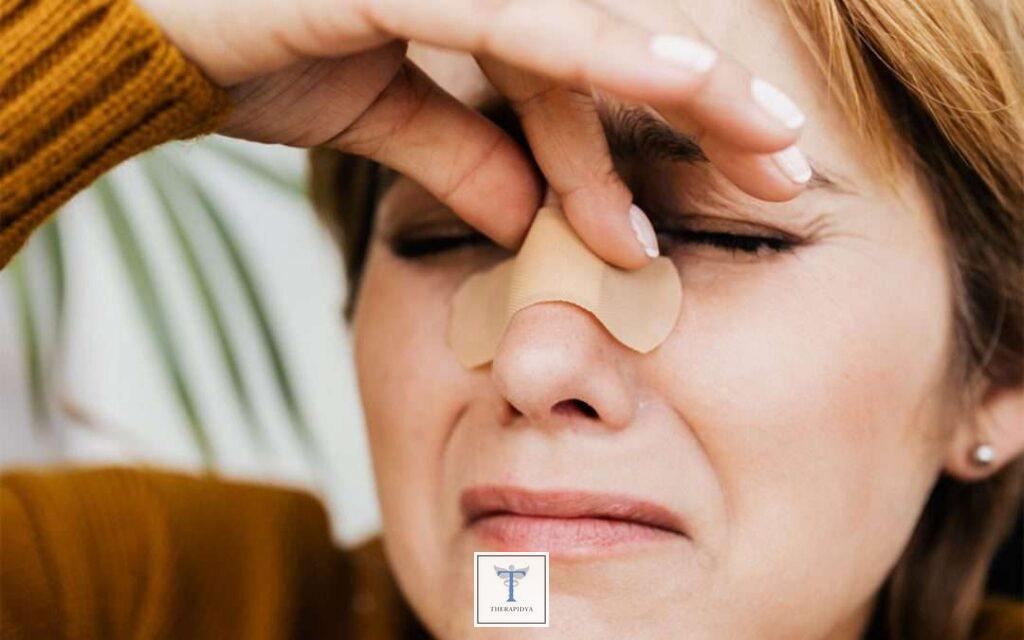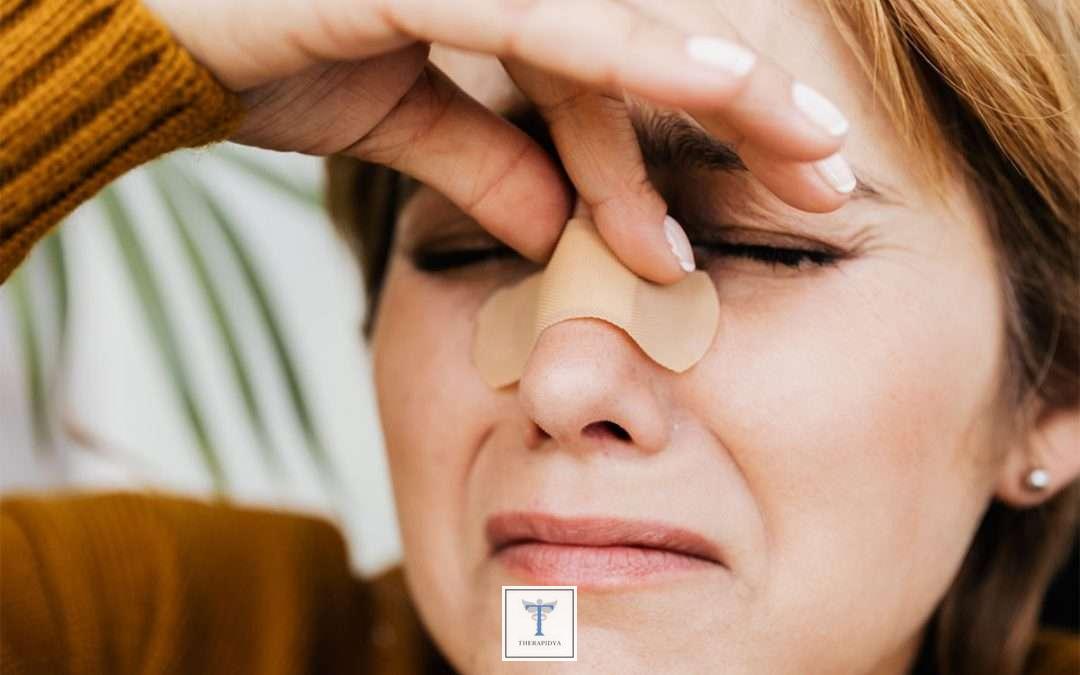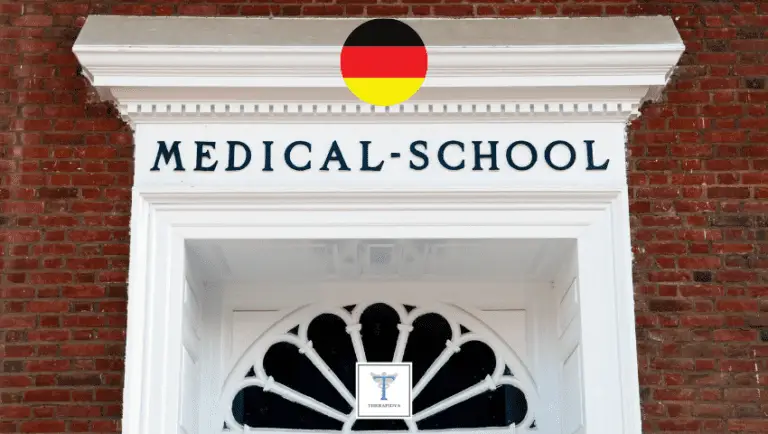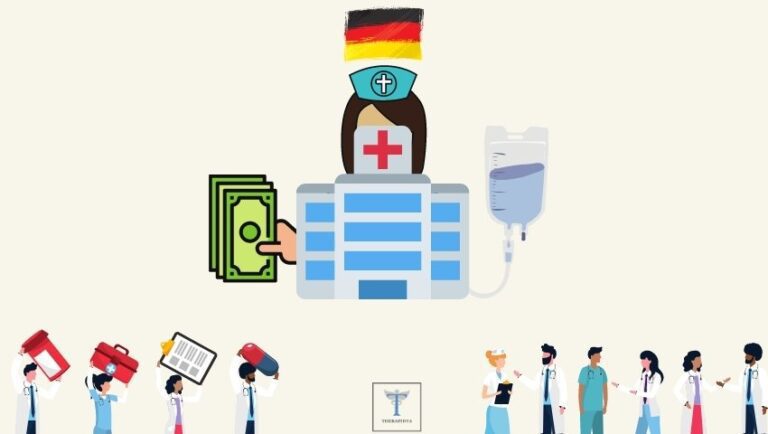Broken Nose (Nasal Fracture) .. A Very Simplified Guide 2023
Broken nose, also known as nasal fracture, is a common injury that involves the breaking or cracking of the nasal bones. It is caused by trauma to the nose, such as accidents, falls, or sports injuries. The symptoms of a broken nose include pain, swelling, bruising, and difficulty breathing.
In this article, we will discuss nasal fractures in a simple and easy to understand way. We will cover the causes, symptoms, diagnosis, and treatment options for broken noses, as well as tips for preventing them. Whether you have experienced a broken nose or want to learn more about this common injury, this article will provide you with the information you need to know.

About Broken Nose (Nasal Fracture)
A broken nose, or nasal fracture, occurs when there is a crack or break in the nasal bones. It is typically caused by trauma to the nose from accidents or violence, particularly in contact sports or from car crashes. The symptoms of a broken nose include bruising, swelling, nosebleeds, a deformed nose, and a blocked nostril, and can be diagnosed by a doctor through an examination of the nose’s shape and symmetry, as well as tests to check for bruising or blood clots. If the injury to the nose is severe, surgery may be necessary to realign or reconstruct the nose, while more mild injuries can be treated with nonsurgical procedures like closed reduction.
Prevention of a broken nose can be achieved by avoiding trauma to the nose, wearing protective headgear during contact sports or while riding a bike/motorcycle, and wearing a seat belt/shoulder harness while in a car. It is important to seek prompt medical attention if you experience any symptoms of a broken nose, which include a deformed nose or nosebleeds lasting for more than 15 minutes. Although recovery from a broken nose usually takes one to two weeks, any deformities in the bones or cartilages are permanent unless treated by a doctor.
Causes of Broken Nose (Nasal Fracture)
Broken Nose, otherwise known as Nasal Fracture, is a medical condition that occurs when the nasal bones are cracked or broken. It can also involve damage to the nasal cartilage, particularly the nasal septum, which divides the left and right sides of the nose. Symptoms can range from mild swelling and a brief nosebleed to obvious deformity or a shift in the nose’s midline position. Anyone can experience a broken nose, but it is more common in athletes, particularly contact sports players. In this blog post, we will delve into the causes of a Broken Nose, including genetic, environmental, and lifestyle factors, as well as how to prevent and treat the condition.
Causes of a Broken Nose:
– Trauma to the nose: This is the most common cause of a Broken Nose, and it can result from accidents, falls, contact sports, and violent assaults. Any impact that results in a blow to the nose can cause it to break, particularly if the force of the impact is significant.
– Birth trauma: Infants can experience a Broken Nose at the time of delivery due to the pressure exerted on the nasal bones during birth.
– Child abuse: Sadly, child abuse can also result in a Broken Nose in older children.
– Genetic factors: While genetics don’t directly cause a Broken Nose, some people may be more prone to nasal bone fractures due to weaker nasal bones or more flexible cartilage.
– Environmental factors: People who live in areas with high pollution may experience more nasal damage due to chronic irritation and inflammation of the nasal tissue.
– Lifestyle factors: People who engage in risky behaviors like driving without a seatbelt, not wearing protective headgear during sports, or being involved in violent altercations are more likely to experience a Broken Nose.
Prevention:
– Wear protective gear: Wearing protective headgear during contact sports or a helmet while riding a motorcycle or bicycle can significantly reduce the risk of a Broken Nose. Additionally, always wear a seatbelt and a shoulder harness when driving or riding in a car.
– Avoid risky behaviors: Refrain from engaging in activities like street fights or any other behavior that could result in a blow to the nose.
– Address environmental factors: If you live in an area with high pollution, take steps to reduce exposure such as wearing a mask or improving air filtration in your home.
Treatment:
– Mild fractures: In many cases, mild fractures don’t require treatment and will heal on their own. However, if you experience significant swelling or a deviated septum, you should seek medical attention.
– Severe fractures: If your nose is significantly deformed, you should go to the emergency room immediately. In some cases, the doctor may attempt to realign the nose immediately. For persistent bleeding, the doctor may pack the front of your nose with a hemostatic sponge or gauze. If there is a bruise or blood clot on your nasal septum (a septal hematoma), the doctor will make a small incision to allow the blood clot to drain.
– Surgery: If the nose is significantly deformed or the septum is obstructed, surgical intervention may be necessary to reconstruct the nose and improve air flow.
In conclusion, a Broken Nose can be caused by a variety of factors, including genetics, environmental factors, and lifestyle choices. Taking steps to prevent the condition, such as wearing protective gear during sports and addressing environmental factors, can significantly reduce the risk. If you do experience a Broken Nose, seeking medical attention is essential to ensure proper treatment and prevent long-term complications.
How is Broken Nose (Nasal Fracture) Diagnosed?
A broken nose (nasal fracture) is a common type of facial injury. The nose has a prominent and unprotected position in the center of the face, making it particularly vulnerable to impacts from accidents and violence. Symptoms of a broken nose include bruising, swelling, tenderness, nosebleed, and a deformed, twisted or crooked nose. To determine if you have a broken nose, your doctor will review your symptoms, ask about how you injured your nose, and examine your nose’s shape, bones, and cartilage. In many cases, no further testing is needed. However, your doctor may refer you to a specialist or order additional testing, such as an x-ray or CT scan, if your symptoms are severe or require specialized care. Treatment options depend on the severity of the injury and may involve realigning the nose or performing surgery. You can help prevent a broken nose by avoiding trauma to your nose and wearing protective gear during contact sports or activities that pose a risk of facial injury. Call your doctor immediately if you suspect you have a broken nose, especially if you have a severe nosebleed, difficulty breathing, or a deformed nose.
Should i meet a doctor regarding Broken Nose (Nasal Fracture)?
It is important to see a doctor regarding a broken nose (nasal fracture). While mild fractures may only cause some mild swelling and a brief nosebleed, severe fractures can lead to obvious deformation or shifting of the nose, severe nosebleeds, and breathing problems related to a deviated septum. It is important to seek urgent medical attention if you have any of the following symptoms after a blow to the nose:
– Deformity, crookedness, or a shift in the normal midline position of the nose
– Deviation of the nasal septum to the right or left
– Nosebleeds that last for more than 15 minutes
– Small, grape-like swelling on the side of the nasal septum, inside the nostril
– Increased difficulty breathing through the nose
If you have suffered a less severe blow to the nose, wait for a few days for the initial swelling to subside and then check your nose for any deformities, shifts in position, or deviation of the nasal septum. If you are worried about any of these symptoms, it is important to see a doctor. Remember, even mild fractures can result in long-term deformities or breathing problems. Take care of your nose and seek medical attention if you are worried about any symptoms.








